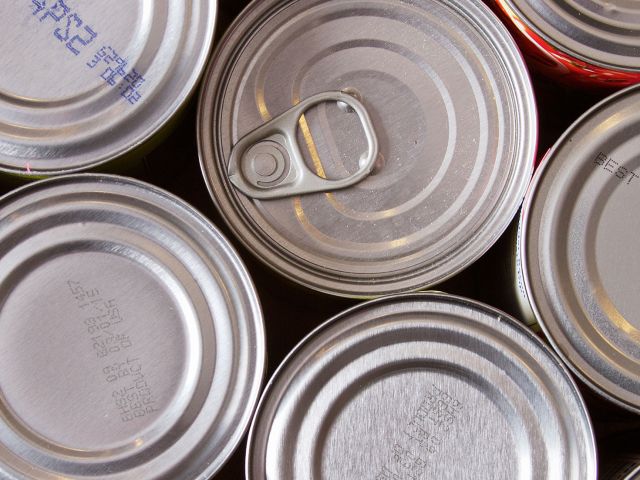EWG News Roundup (11/30): EWG Talks Cosmetics Reform on Kardashian Show, Mapping Impacts of Hurricane Florence and More
EWG News Roundup (11/30): Here's some news you can use going into the weekend.

Displaying 193 - 200 of 200

EWG News Roundup (10/25): Here's some news you can use going into the weekend.






